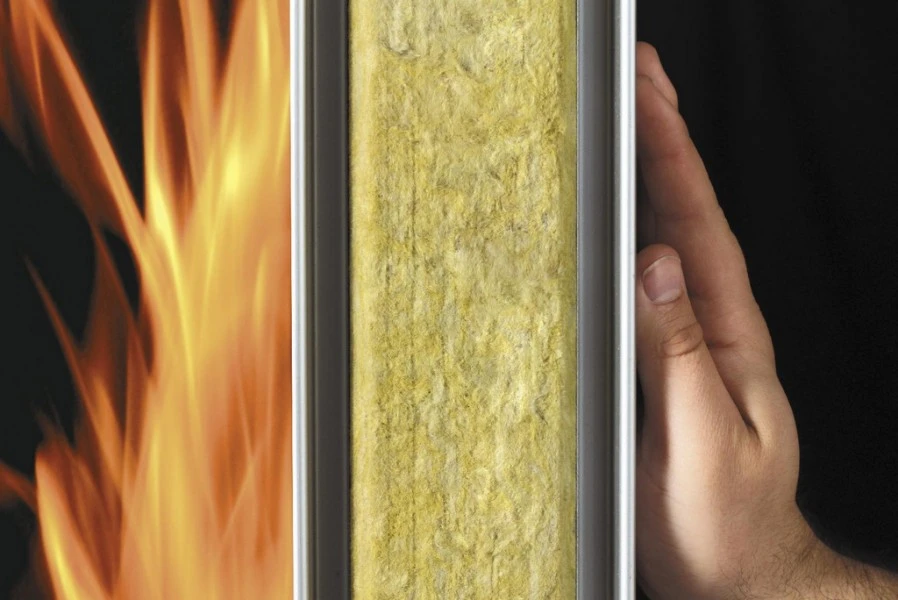Passive fire protection (PFP) is an important component of any fire safety strategy.
It plays a vital, and increasingly significant, role in safeguarding people, as well as limiting damage to buildings and their contents from fire and smoke.
How it works
Passive fire protection works by:
-Limiting the spread of fire, heat, and smoke by containing it in a single compartment in its area of origin
-Protecting escape routes and providing vital escape time for occupants
-Protecting a building’s critical structural members
-Protecting a building’s assets
Passive fire protection works in conjunction with active fire prevention, such as sprinkler systems and extinguishers, and fire safety education of building occupants.
The choice between active and passive systems, or a combination of the two, is influenced by the likely size and type of fire, the duration of protection required, the equipment or structure requiring protection, water availability, and the time required for evacuation.
Responsibility
In the UK, passive fire protection must meet Building Regulations that ensure people can escape safely from a building that will itself not collapse in the event of fire. Legislation places responsibility on building owners, managers, occupiers, and designers, to carry out regular fire risk assessments, which should include evaluation of the PFP provided.
PFP products
The demands placed on passive fire protection have become increasingly complex in recent years, partly because of pressures to improve thermal insulation and reduce energy costs.
PFP products that are installed in a building to improve its fire safety include:
-Fire-resisting walls, floors, ceilings, and ducts
-Fire stopping and fire protection for structural members
-Fire-resistant epoxy coatings that can be spray applied
-PFP sheet
-Fire-protective boxes or wardrobes
Protection for vital equipment such as first-aid boxes, oil or gas tanks, or other volatile sites to prevent the risk of explosion.
PFP may be part of the fabric of a building, or added after it is constructed. PFP products should be fit for purpose and properly maintained. They must have been tested, assessed, and certified by third party certification, to independently verify the competency and quality of the workmanship of companies manufacturing, installing, and maintaining them.
Fire doors
A fire door is a door with a fire-resistance or fire-protection rating. It is used to reduce the spread of fire or smoke between compartments, and to give occupants enough time to enable safe escape from a building.
Fire dampers
Fire and smoke dampers are used in heating, ventilation, and air conditioning ducts to prevent the spread of fire inside the ductwork, closing automatically if the temperature rises. They can also be linked to fire alarm systems.
Firewalls
A firewall is a fireproof barrier used to prevent the spread of fire between or through buildings or structures.
Coatings
Spray-applied epoxy intumescent and subliming coatings are the most frequently used, although cementitious materials were extensively used in the past. Other available types of PFP coatings include phenolic foam, glass fibre, and elastomer rubber.
Epoxy intumescent and subliming materials begin to degrade at temperatures above 80 degrees C, limiting their use on very hot surfaces. However, new dual layer systems are now available using phenolic foam bonded directly to the hot surface to provide an insulating layer, with a second layer of material bonded to it.
Original Source
IFSEC GLOBAL





